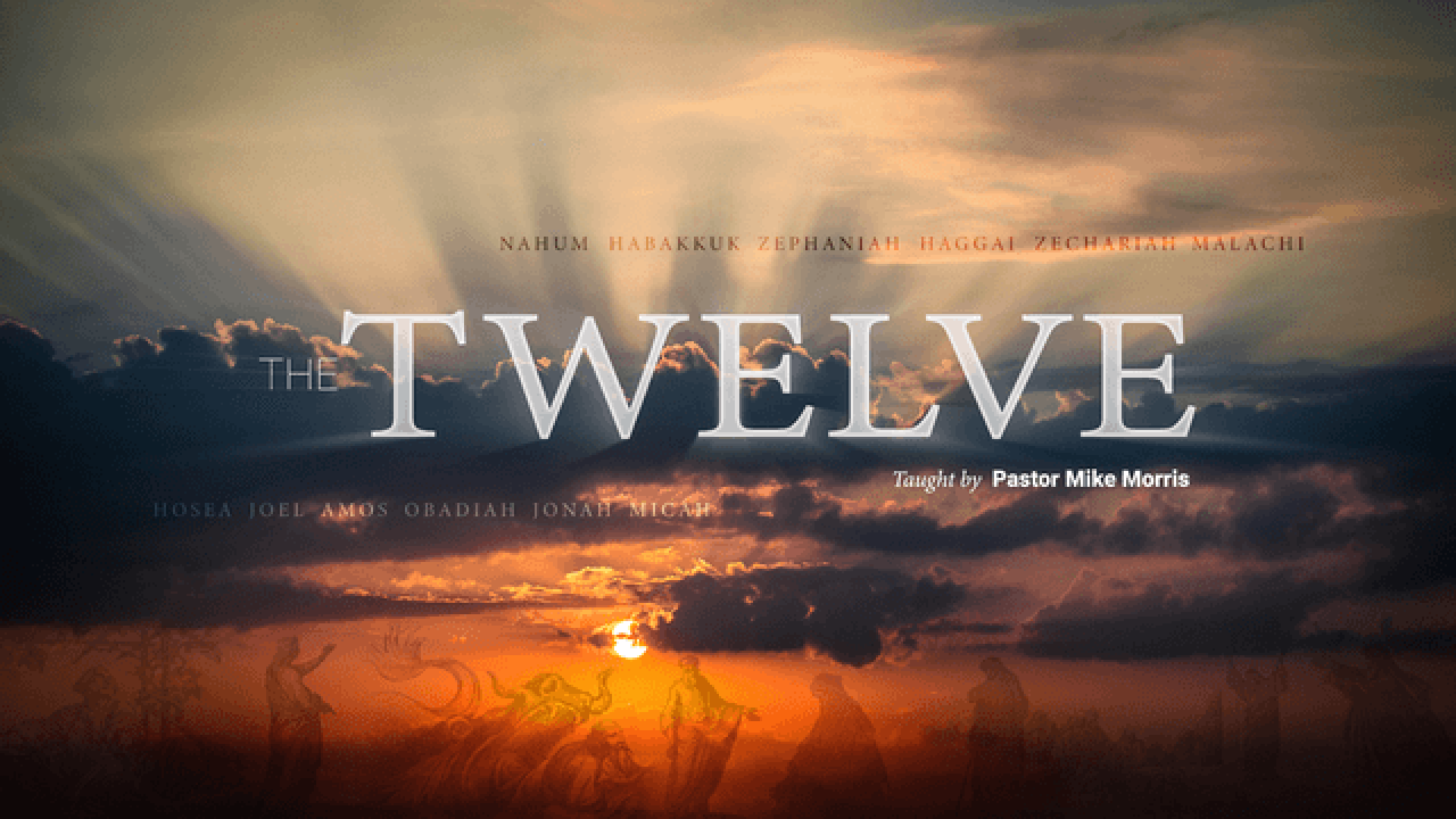Hosea | Israel’s unfaithfulness and God’s steadfast love
Hosea Overview
The Book of Hosea is one of the most poignant and powerful prophetic books in the Old Testament. It combines personal story with divine message, using the prophet Hosea’s troubled marriage as a vivid symbol of Israel’s spiritual unfaithfulness. Written during a period of moral, political, and religious decline, Hosea’s message is both a warning and a call to repentance, underscored by the relentless love and mercy of God.
Historical Context
Hosea prophesied during the 8th century B.C., a time of great turmoil in the Northern Kingdom of Israel. His ministry spanned the reigns of several kings of both Israel and Judah (Hosea 1:1), placing him as a contemporary of prophets like Amos, Isaiah, and Micah.
Israel was experiencing prosperity under King Jeroboam II, but this wealth was accompanied by spiritual decay. The people had turned to idol worship, particularly the Canaanite god Baal, and had formed unwise political alliances with foreign nations like Assyria and Egypt. The result was a nation increasingly distant from God, and Hosea was called to confront this unfaithfulness.
Structure of the Book
The Book of Hosea can be broadly divided into two major sections:
- Chapters 1–3 – Hosea’s marriage as a symbolic act.
- Chapters 4–14 – Prophetic messages of judgment, repentance, and hope.
Chapters 1–3: Hosea’s Marriage as a Metaphor
The book begins with a shocking command from God: Hosea is told to marry a promiscuous woman named Gomer, knowing she will be unfaithful. Their relationship is meant to serve as a living parable of Israel’s relationship with God. Just as Gomer leaves her husband for other lovers, so Israel has abandoned the Lord for idols and foreign gods.
Hosea and Gomer have three children, each with symbolic names:
- Jezreel – representing impending judgment for bloodshed and rebellion.
- Lo-Ruhamah ("Not Loved") – symbolizing the withdrawal of God’s compassion.
- Lo-Ammi ("Not My People") – indicating a severed relationship between God and Israel.
Despite Gomer’s betrayal, Hosea later redeems her from slavery, buying her back and restoring her. This powerful act mirrors God's steadfast love for Israel—though they are unfaithful, God will not abandon them forever. This section beautifully sets the tone for the entire book: a God who is just, yet incredibly merciful.
Chapters 4–14: Israel’s Unfaithfulness and God’s Call
The second part of the book shifts to a series of prophetic oracles detailing Israel’s sins and calling the people to return to God. Hosea accuses the people of:
- Idolatry – especially the worship of Baal.
- Religious corruption – including unfaithful priests and superficial rituals.
- Social injustice – such as oppression, deceit, and moral decay.
- Political unfaithfulness – turning to foreign alliances instead of trusting God.
Throughout these chapters, Hosea uses vivid imagery to describe Israel’s condition: a sick patient, an ungrateful child, a stubborn heifer, a faulty bow, and more. These metaphors highlight the depth of Israel’s rebellion and the consequences that will follow—exile, destruction, and separation from God.
However, Hosea’s message is not only one of judgment. Again and again, he calls the people to repentance. God’s desire is not to destroy but to heal and restore. Hosea 6:6 captures the heart of the message: “For I desire mercy, not sacrifice, and acknowledgment of God rather than burnt offerings.”
Chapters 11 and 14: God’s Love and Restoration
Some of the most moving and tender passages in the Bible are found in Hosea 11 and 14. In chapter 11, God is portrayed as a loving Father who raised Israel from childhood, taught them to walk, and cared for them tenderly. Even though Israel has turned away, God declares, “How can I give you up, Ephraim? … My heart is changed within me; all my compassion is aroused” (Hosea 11:8).
In chapter 14, Hosea ends with a final plea for repentance and a promise of restoration. God invites His people to return with sincere hearts and promises to heal their waywardness and love them freely. The book ends with a call to wisdom: “The ways of the Lord are right; the righteous walk in them, but the rebellious stumble in them” (Hosea 14:9).
Key Themes
- God’s Covenant Love – Hosea portrays God’s love as steadfast and undeserved, similar to the love of a faithful spouse or parent.
- Sin and Judgment – Israel’s idolatry and betrayal are serious and deserving of judgment, yet God’s desire is always to redeem.
- Repentance and Restoration – True repentance opens the door to forgiveness, healing, and renewed relationship with God.
- God’s Faithfulness vs. Human Unfaithfulness – Hosea contrasts the constancy of God with the waywardness of His people.
Conclusion
The Book of Hosea is a striking blend of raw emotion, vivid imagery, and divine truth. It offers a sobering look at the consequences of unfaithfulness while simultaneously showcasing the boundless love and mercy of God. Hosea’s life and message serve as a powerful reminder that even when God’s people turn away, His desire is always to bring them back, heal them, and love them freely.


